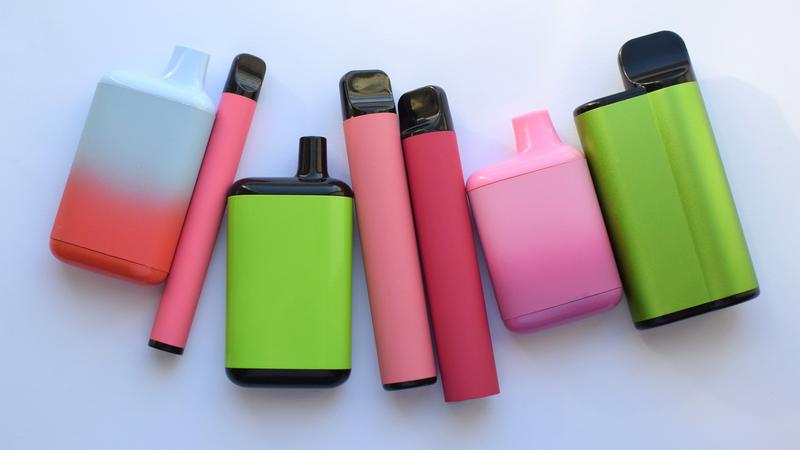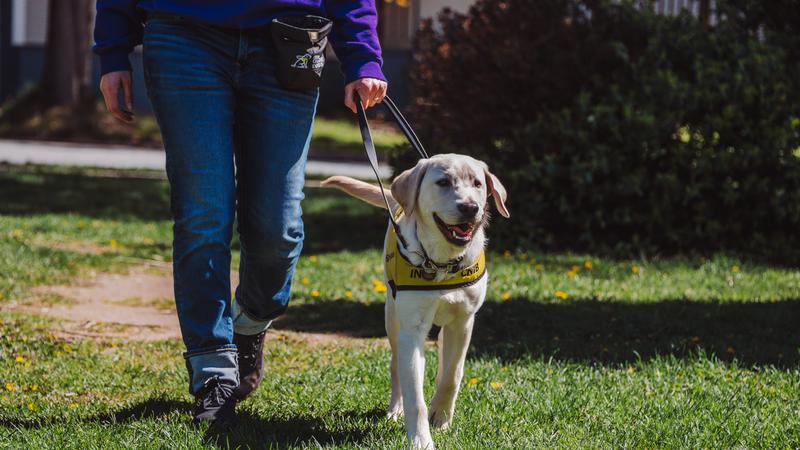
Youth vaping surges in Saskatchewan as province lags on tabacco reform
Saskatchewan is falling behind in efforts to reduce tobacco use and youth vaping, prompting renewed calls for stronger public health policies and provincial action.
According to the latest Canadian Student Tobacco, Alcohol and Drugs Survey, 35 per cent of students in Grades 10 to 12 reported vaping in the past 30 days — well above the national average of 24 per cent and second only to Newfoundland.
“We have made progress in reducing youth smoking,” said Rob Cunningham, a senior policy analyst and lawyer with the Canadian Cancer Society.
“But we have a new generation of kids becoming addicted to E-cigarettes to nicotine. That shouldn’t be happening, but it is.”


